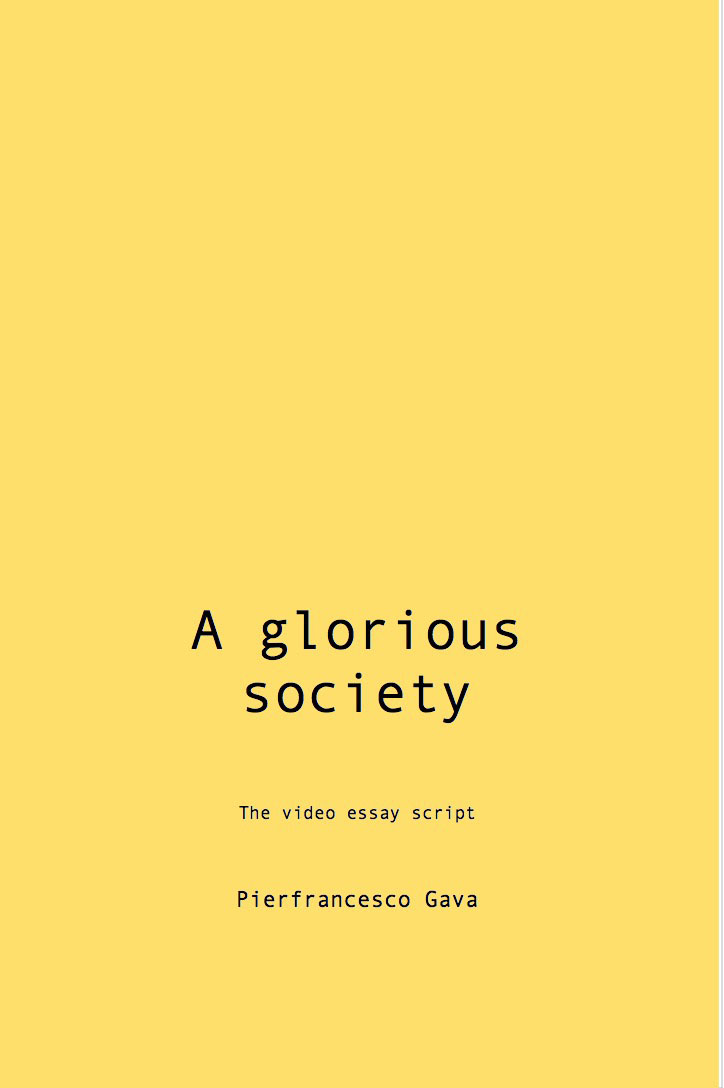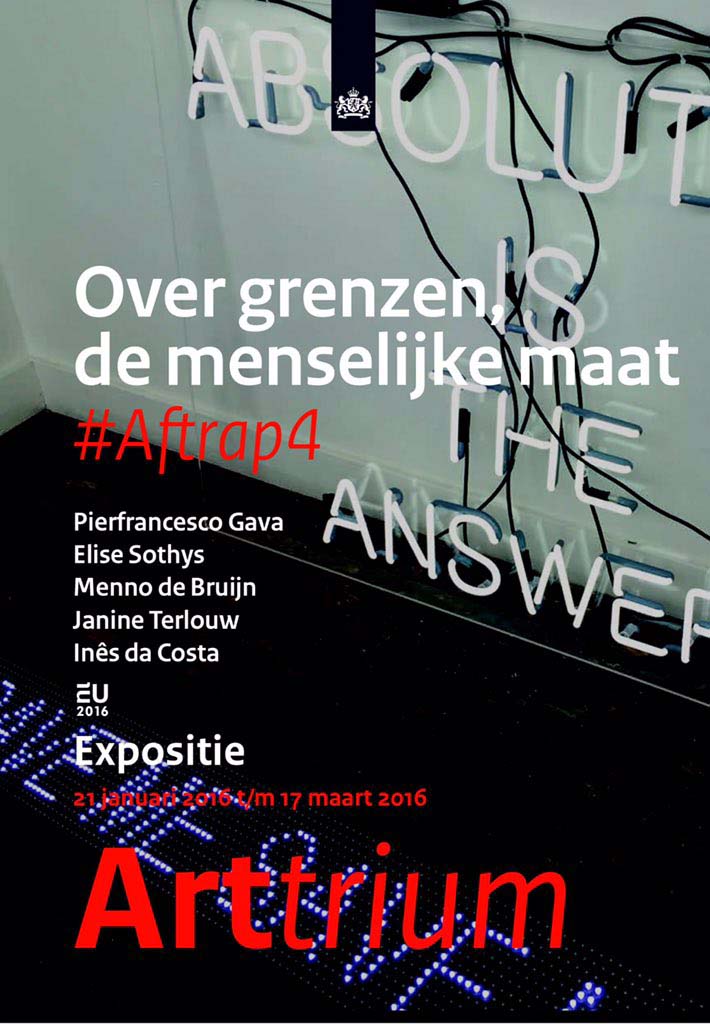|
My artistic
practice has always been focused on the relationship between religion
and power, using video-installations and sculptures. I'm interested in
the manifestation of the secular power of religion and in the blurred
boundaries between the public performances enacted by political and
religious leaders in the media. I’m
interested in the strategies with which institutions, as politics and religion, use
the public contemporary media to influence public opinion, that in return
legitimate the leader’s power through consensus: the support given to a leader
by the applause of a yelling crowd, legitimize the power of the performing
person. According to Italian philosopher Giorgio Agamben, power is given to leaders by acclamation
(cheering and applauding masses). He states that public opinion is the modern
form of acclamation which is a powerful tool that survive in modern society
from early christianity and roman empire.
Through
the footage of the last meeting of Barak Obama and Pope Francis at the
Vatican
in 2014 and the Pope's speech given to the European parliament on the
25th of november 2014, I investigated the blurred boundaries between
the sacred and
secularized strategies used in the media. The religious institution
shares the
same media technique with many other areas of modern secular society,
from
politics, to entertainment to information. What are the different tasks
of the
religious and secularized institutions? Are they that different, or do
they
overlap and almost meld in to one another? Selecting public footage of the meeting and accompanied them with the voice of a narrator, my video essay A Glorious society reveal the manipulative and staged nature of the public images, so that the viewer’s perception can be disturbed and be challenged. In my work I also question the value of leader’s speeches in relation to their voice and image. What gives power to the leader’s speech, his voice, the content of the speech or his image?  Script of the video essay
A Glorious Society (2015) Voices:
Narrator Marc De Kesel Bruno Latour Giotto’s apprentice Barak Obama Pope Francis Stella Bruzzi God Hannah Arendt Adriana Cavarero Martin Schulz Carl Schmitt Giorgio Agamben Boris Groys Summary
In
my previous work I have been also using public footage from Youtube, not only
to explore the institutional strategy to influence public opinion but to
explore how people perceive public informations. The video fragments posted by
youtube subscribers reflect directly (if they post their own footage) and
indirectly (if they post fragments selected from internet) what captured their
attention on important topics like immigration and religion. (see, older work, Documentary/trailer, Video MEDJUGORJE, 2013. - recent work, MARE NOSTRUM, 2014) MAPPING THE LADY IV (2014) (see Recent work) ___________________________________________
An anthropological approach The phenomenology of religion is a human need for the sacred and rituals. A need that men always have shown in different times and cultures. Recent contributions of neuroscience consider this need of the homo sapiens as an innate survival strategy of the species. The neocortex of the sapiens has developed a predisposition for animism during the evolution process: the believe that behind every natural phenomenon an animated will is hidden, has guaranteed differential survival for the benefit of the 'alarmed' species and therefore more circumspect. Through the evolutionary 'errors' of the DNA, the development of the neocortex has led us to develop new functions in the brain: consciousness and freedom. In contrast to other primates, the neocortex of sapiens is no longer binding its behavior to natural instincts, but opens it up to new possibilities. The sacred then, as well as illusive answer to the meaning of life, has become a regulatory structure for the freedom of primitive men. Marcel Gauchet wrote that the sacred is the tool that allowed our species to create the structures of social life no longer ensured by the instincts. Religion requires respect for the rules and presupposes an act of surrender to dogmas that can not be penetrate and learned throughout their entirety. Is modern man able to conciliate the religious and secular world? I am fascinated to the timeless nature of the rituals within the religion. With relatively encoded behaviors and gestures, the ritual has a repetitive nature and refers to symbols recognized by the community. Because of its ordered and repetitive sequences, the ritual provides a control on the anxiety of social changes. People can control what they perceive as danger in society or in private life, through the performance of the ritual because it keeps them separate for a period of time from the previous situation. The ritual interrupts then the historical time because its repetition regenerates time all over again. The aspiration to 'start over' in every ceremonial reflectes the paradoxical desire to inaugurate an ahistorical existence in a 'sacred' time against the flow of the profane. What are the places in which modern man experiences the a-temporality of his rituals? Is modern man able to interrupt his time through the rituals? |
| ______________________________________________ REWIEWS  (exhibition catalog) |